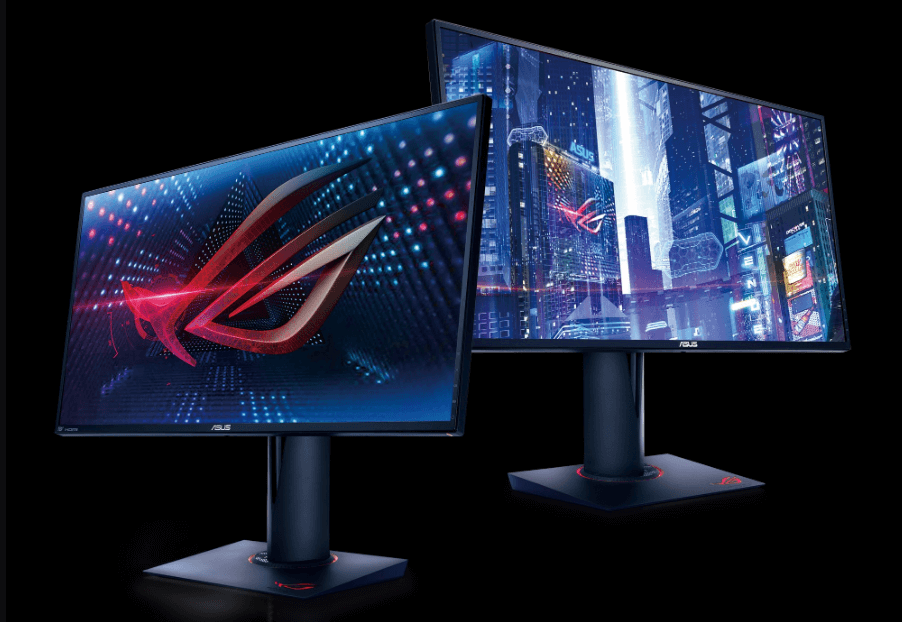Consider These Before Choosing Panel PC
The industrial panel PC’s design is to meet the demanding needs of standard industrial 4.0 applications, such as great shock and vibration, extreme temperatures, and exposure to dust and moisture. People will get various mounting, processing, and connectivity options with the best panel PC. These features are also suitable for industrial control applications, automation, and human-machine interface, HMI. However, it can be quite challenging considering the environment in which people will install these panels and selecting the best system for a particular project with the proliferation of Panel PC. With some of these, people can choose the best Panel PC solution.
The Importance of IP Rating
Depending on the environment that people plan to use their Panel PC, one significant consideration when choosing it is the IP rating. As a standard designation, the IP will determine how efficient an enclosure is to seal ingress from liquids and solids. An IP rating’s first digit represents a section’s ability to keep out solids, ranging from particles such as debris and dust to the operator’s fingers. 6 is the highest solids ingress rating that indicates the protection of a system against dust particles. An IP rating’s second digit is connected to the effectiveness of the enclosure to seal out liquids. On this scale, 8 is the highest rating as the entire case is waterproof and more than one meter in submersible depth.
Where They Will Mount the Panel PC
Location is quite significant when choosing the right PC for the job. People need to consider whether they will mount their Panel PC to a wall, affix to a stand, or embed it within another machine or enclosure. Vital to choosing the right size is whether they will embed the PC in a larger device or a kiosk, or any section. They can prevent any frustration installation delays when they check each of the Panel PCs’ dimensions and depth. Users can look into the monitor’s mounting VESA compatibility if they mount the PC on an articulating arm, stand, or a wall. There can be a limit to the mount type they want to use when they don’t consider the Panel PC’s design and size. First-time buyers of Panel PC may find some other intricacies less obvious. They may need to consider a Panel PC that has the option of panel mounting if the machinery, tooling, and device needs a Panel PC to install flush to a surface.
Resistive or Capacitive Touchscreen?
Resistive and capacitive are the two distinct touchscreen varieties of the Panel PCs. How they detect the input is indeed the primary difference between them. Like contemporary smartphones, the human body’s electrical field is what capacitive touchscreens use to process feedback. Designers use capacitive touchscreens when they are working on installations with accurate multi-touch or touch sensing capabilities. On the other hand, physical pressure is what resistive screens depend on to transmit touch data. Since people can use resistive touchscreens when they wear gloves, healthcare, and automation applications will find it an ideal choice. Also, when people prefer a more tactile interface, they result in using it.
